- Intro
- A specialized camera system
- How many Cameras do you need
- How many Megapixels do you realy need
- My Fujifilm Gear
- My Olympus Gear
- EDC – Every Day Camera
- Bushcraft or Adventure Camera
- Bags and Cases
- Tri-Pods
- Final Word
Intro
Personal gear talks,
one likes it, others don’t.
I myself like to read what other photographers use and for what,
it’s that way I ended up buying a Fujifilm and eventually an Olympus camera.
Especially with the Olympus, because I didn’t really like the M4/3 system much.
It was the gear talk of a female wildlife photographer that convinced me.
I hope it helps someone.
A specialized camera system
I’m not the only photographer who uses two camera systems ore more.
To be honest, when I started using an Olympus camera next to my Fuji’s it felt a bit like cheating at first.
It was the same feeling I had in the beginning when switching from Pentax DSLR to Fuji mirrorless.
That feeling is unnecessary, many photographers (pro or amateur) use a different camera system in addition to their main camera, sometimes even several, and that’s how it is with myself.
Why ? well, when you cook pasta, you do it in a big pot, not ? and for one egg you use a small pan, don’t you ?
The right tool for a specific job.
And so it is with photography.
I love my two Fuji X-H1’s, very old school handling, great for landscape, street, architecture, but for shooting birds and other wildlife, nothing compares to my Olympus cameras.
So it’s just about the right camera for a specific purpose.
More on this further in this writing.
How many Cameras do you need
Someone recently asked me,
why so many cameras,
and why two of each?
I wanted to get into this, but first, I think many photographers have a backup camera, isn’t it ? so, many photographers also have at least two cameras.
Yes its true, I’ve had quite a few cameras,
but the idea behind it is “by trying, you’ll find what suits you best”.
All of those cameras have been sold since.
But, having two of a certain camera has a reason.
1) a second camera is always interesting I think, in my case there is a normal lens on one and a telephoto on the other – that way you don’t have to change lenses all the time, i find this especially easy when i am hiking in nature, taking landscape pictures, but also want to photograph birds and animals.
Additionally, for video I sometimes use a fully rigged cage,
also then it is more convenient to have a second camera for normal shots.
2) a camera has a certain lifespan – in sale new and availability second-hand, and also before it eventually dies on you.
The more time passes, the harder a particular type of camera will be to find, and the more a camera will be used (more shutter actuations), and probably sold over and over again.
When you have finally found a camera that you “really” like to use, then you want to be sure that its lifespan is assured for many years.
Important is also from who you buy from.
I don’t like to buy a camera from a professional who uses his camera for his living, there is a good chance that this camera has been used heavily, and has a high shutter count.
But you can find many cashual photographers, who buy an expensive camera and rarely use it – those are the sellers you’re looking for.
Usually in pristine condition, and extreme low shutter counts.
My camera’s (all second hand) have less than 2 to 3 thousand actuations when I bought them.
With advanced or pro cameras, that’s as good as new.
How many Megapixels do you realy need
Much has been written on this subject,
So I’m going to keep it short.
I think most photographers have pretty much the same idea and feeling in this area,
more megapixels is better, isn’t it?
16 mp is for amateurs ?
Those same photographers have forgotten that not so many years ago we had to make do with pro cameras of 10mp and less.
Those 10mp photos were also used for professional purposes, and everyone liked it.
I’ll be honest, I’m also a bit “megapixel hungry” it’s being pumped into us by camera sales talk and advertising.
I only want to say, if you want to buy an older camera, and it happens to have “only” 16mp, well, unless you want to go wall-to-wall printing (and then again) 16mp is more than enough for A3 size (Tabloid or Ledger) and certainly for web use.
You can probably think of other pros and cons, however, just look at less megapixels as a possible alternative, and I promise you, you won’t be dissapointed.
My Fujifilm Gear
My most used or main cameras are my two Fujifilm X-H1,
unlike other Fuji cameras (exept the X-T4), these have image stabilization and are ergonomically more comparable to a DSLR – I like that very much.
I use these (two) cameras for general photography – architecture, street, landscape…
I also have an X-T1, a good camera for my grandchildren to learn to shoot with,
and an original X100, my camera for pictures with the family 🙂
I sold all my other Fujifilm cameras ( X-E1, X-E2, X-T10, X-T20 )
Lenses:
- XF 16mm f2.8
- XF 23mm f2.8
- XF 18-135mm
- XF 70-300mm
- Tamron 18-300mm
- 7Artisans 7.5mm
- Samyang 12mm
- 7Artisans 35mm f1.8
- Tokina SZX 400mm f8.0
- Samyang 500mm f8.0
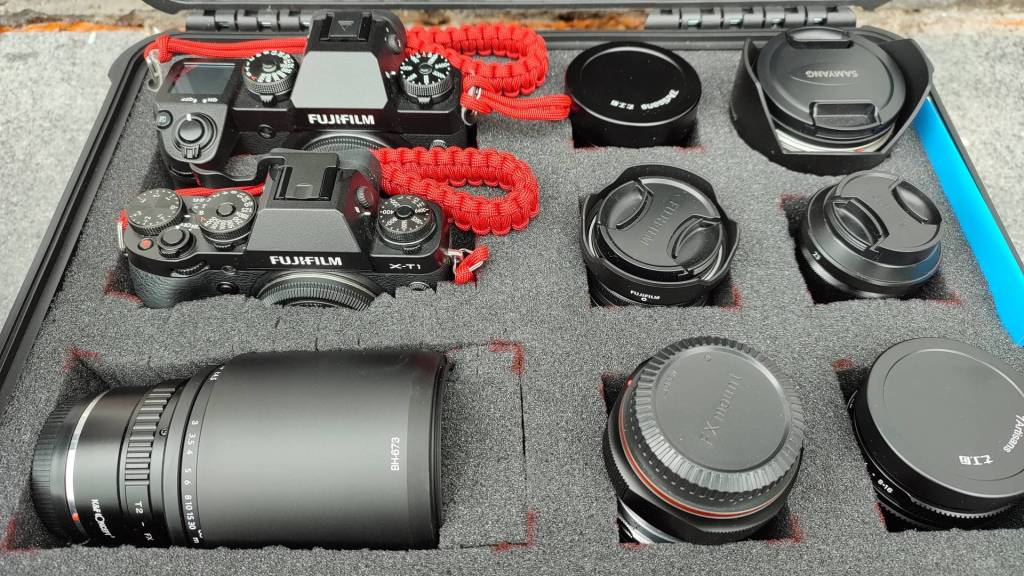
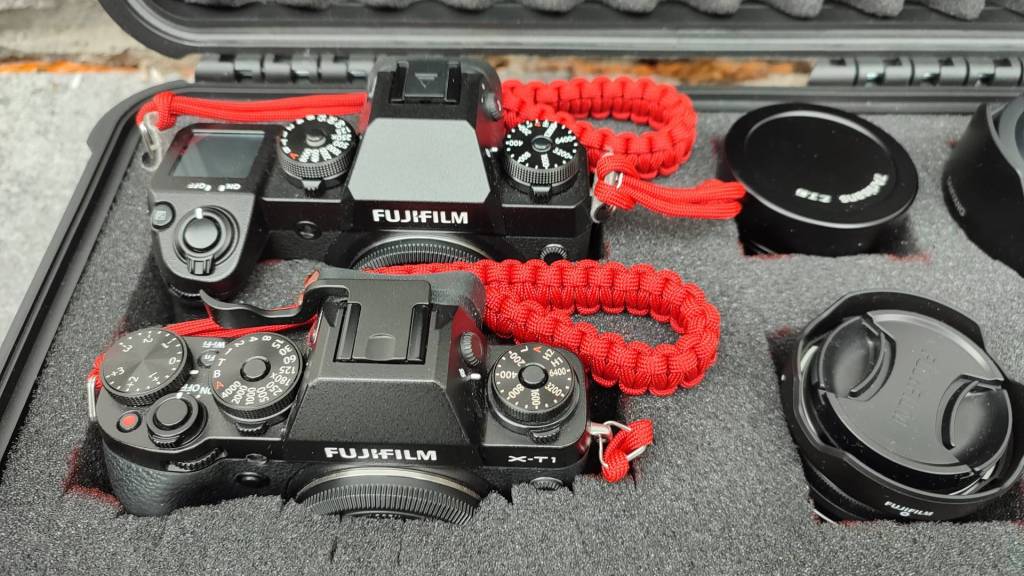
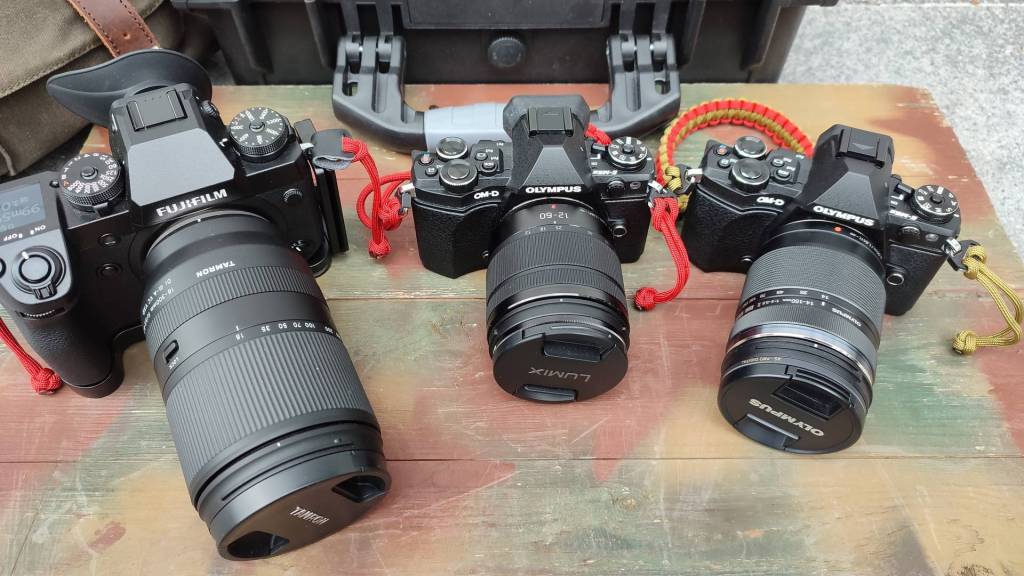
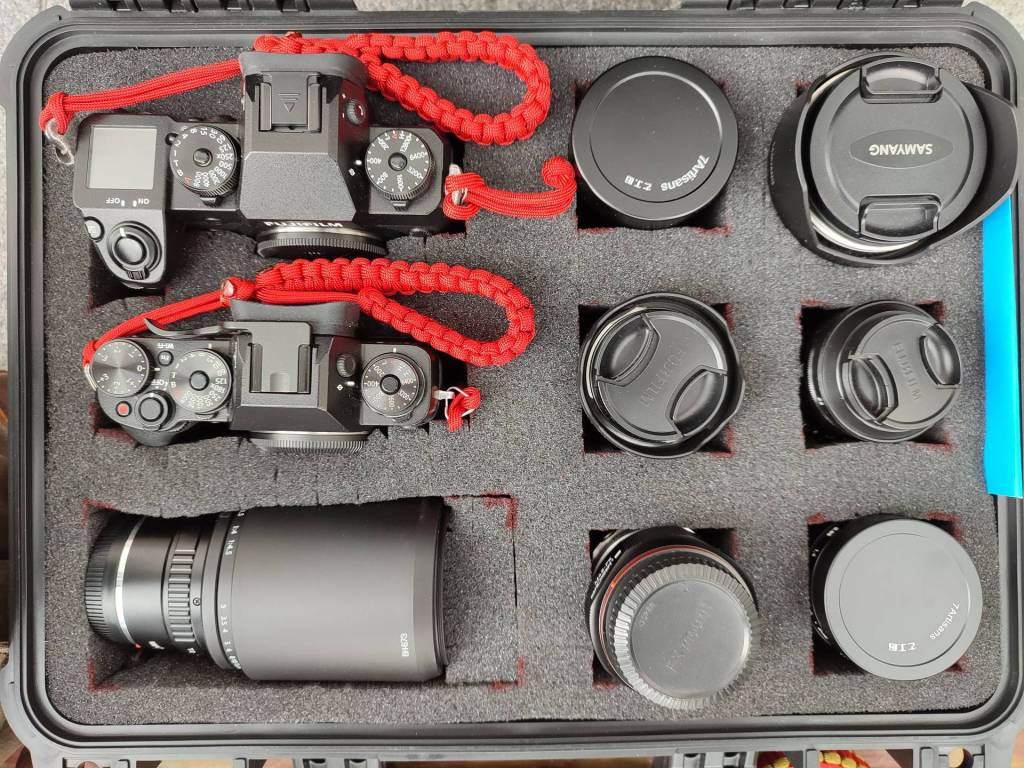
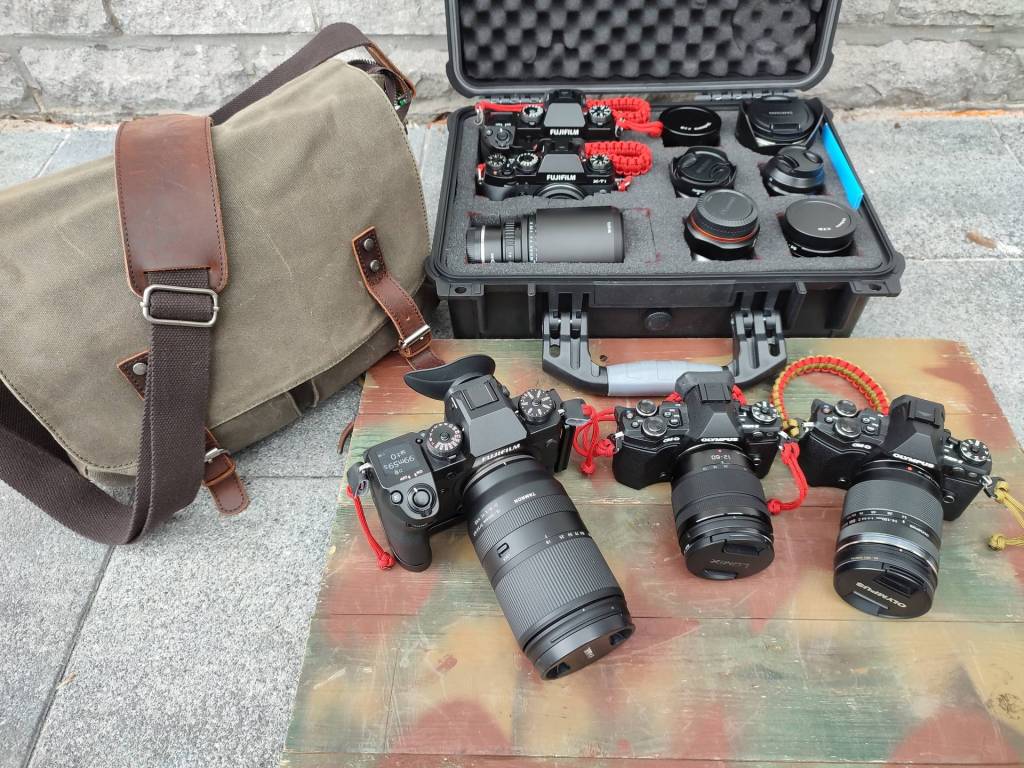
My Olympus Gear
When it comes to birds and other animals and everything at far distances, I prefer to use my Olympus EM5 Mark II – I even bought a second EM5MKII, these cameras are that good !
The camera has 5-axis image stabilization and due to the crop factor of 2, my “long” telephoto lenses are much smaller and lighter than lenses for the Fuji APSC system.
The “low weight” is also a very big advantage when you are “hunting” for birds or traveling on foot in the woods.
I think it’s really a great camera system for nature and sports photography and I like to use it for that.
As for my EM5MKII, both cameras have just over 2k actuations and together I bought them for less than €500, that’s less than one of my X-H1’s ! but you have to be quick as they are going very fast these days.
Lenses:
- Olympus 30mm Macro
- Panasonic 12-60mm
- Olympus 14-150mm
- Panasonic 100-300mm
- Laowa 10mm
- Panasonic 12-35mm f2.8 Pro
- Tokina SZX 400mm f8.0 via K&F adapter
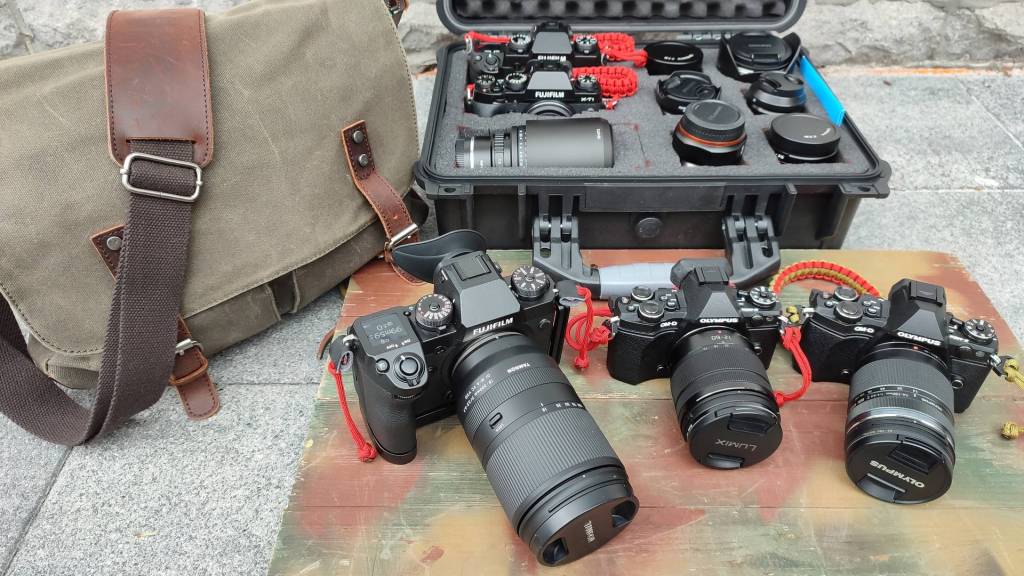
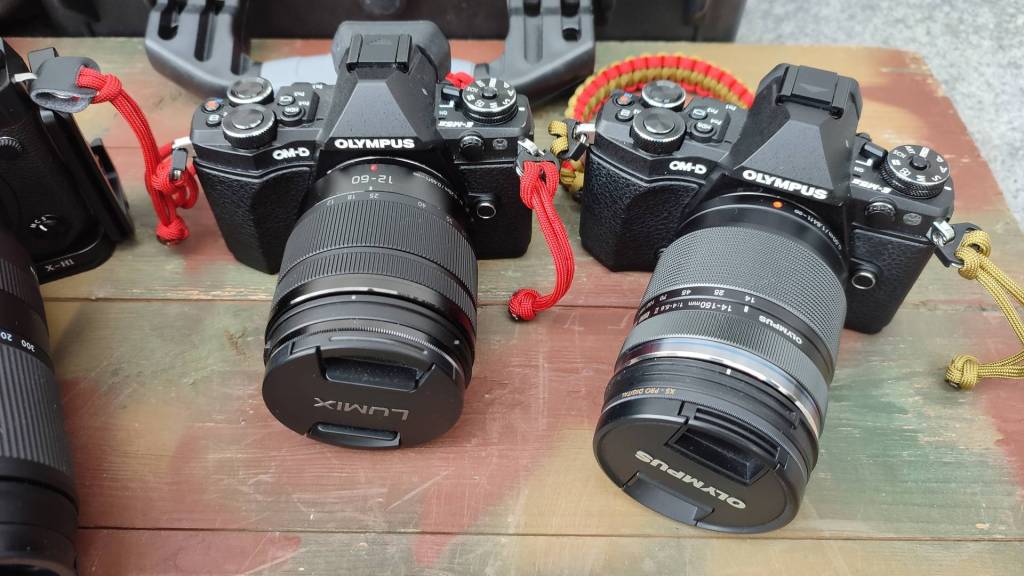
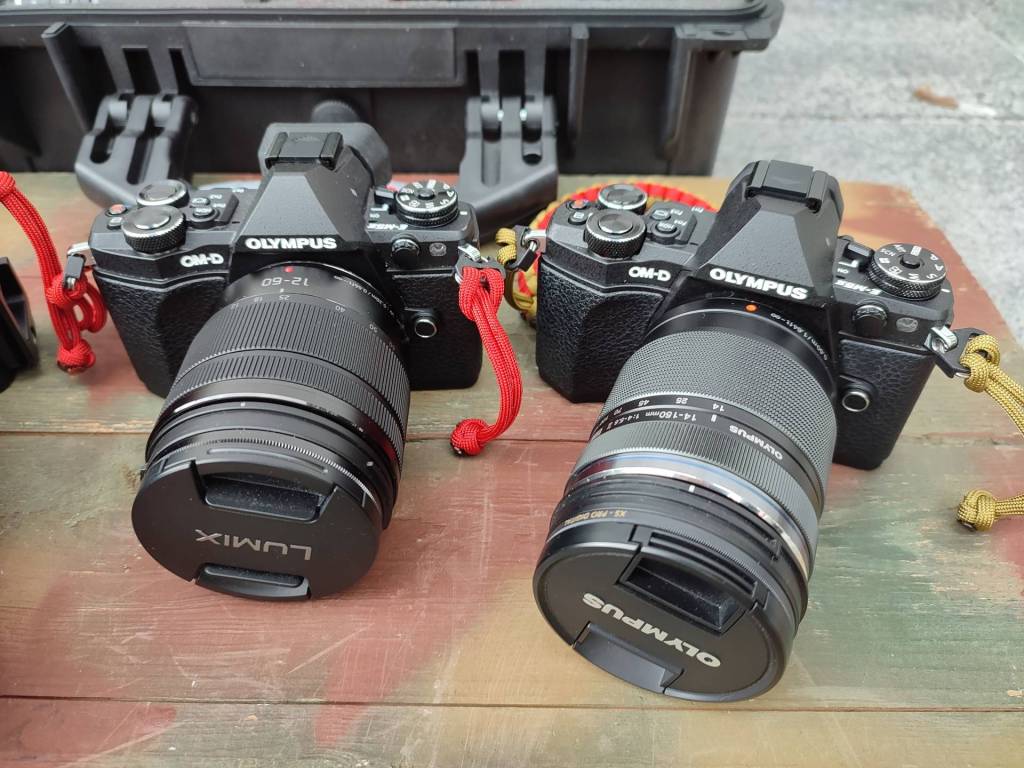
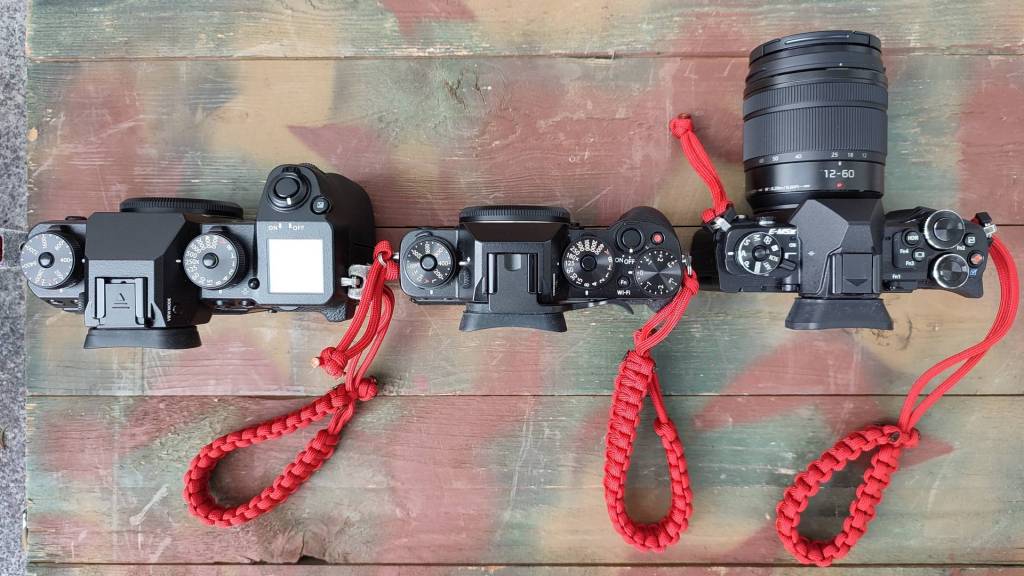
EDC – Every Day Camera
The camera I always have with me is the Olympus EM10MKII.
For a while it was my X100, but shooting options were rather limited.
Combined with the pancake 14-42mm lens, my EM10MKII is even smaller than my X100.
And I have all the advantages of the Olympus system such as stabilization, electronic shutter, peaking, magnification, etc..
The camera works also great with old manual lenses,
I sometimes put my old OM zuiko lenses on it with a K&F pro adapter.
It’s hard not to fall in love with this camera.
More about it here.
Looks good, works great and is dirt cheap!
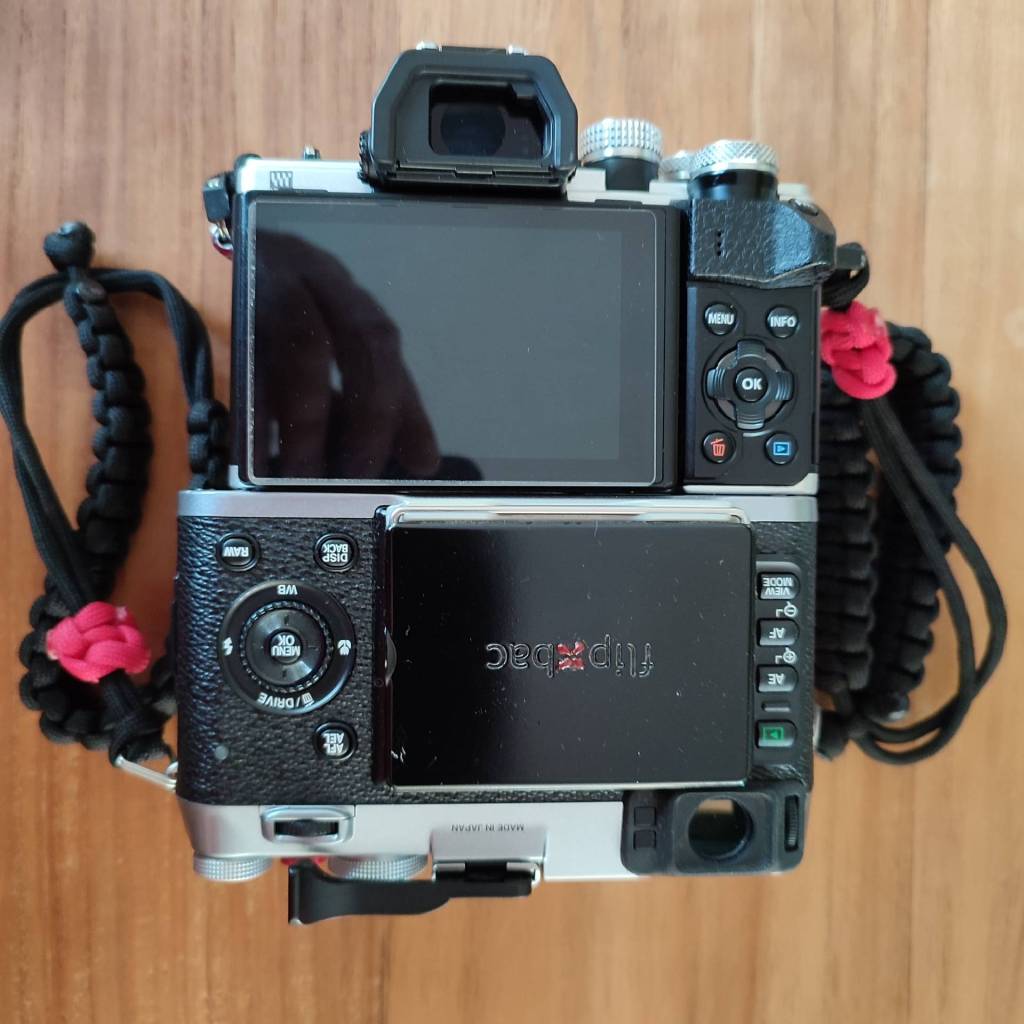
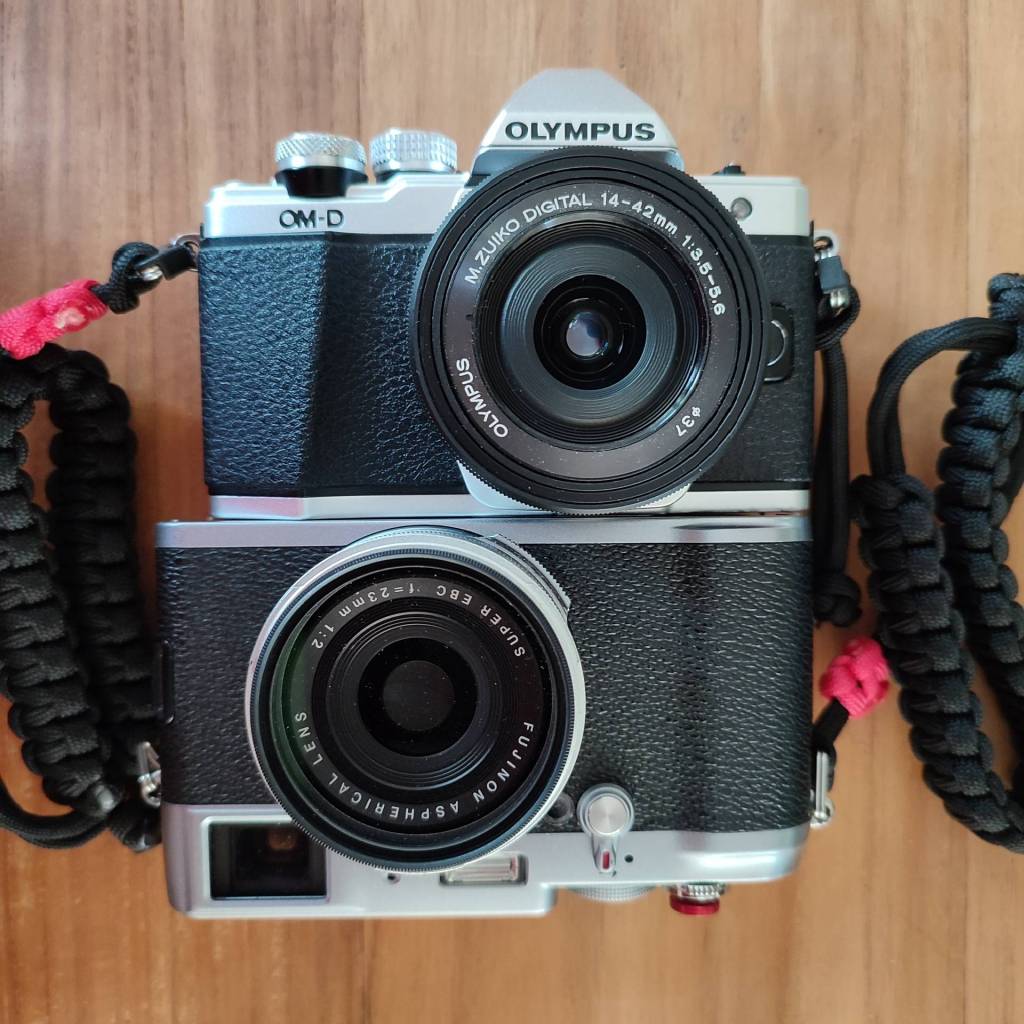
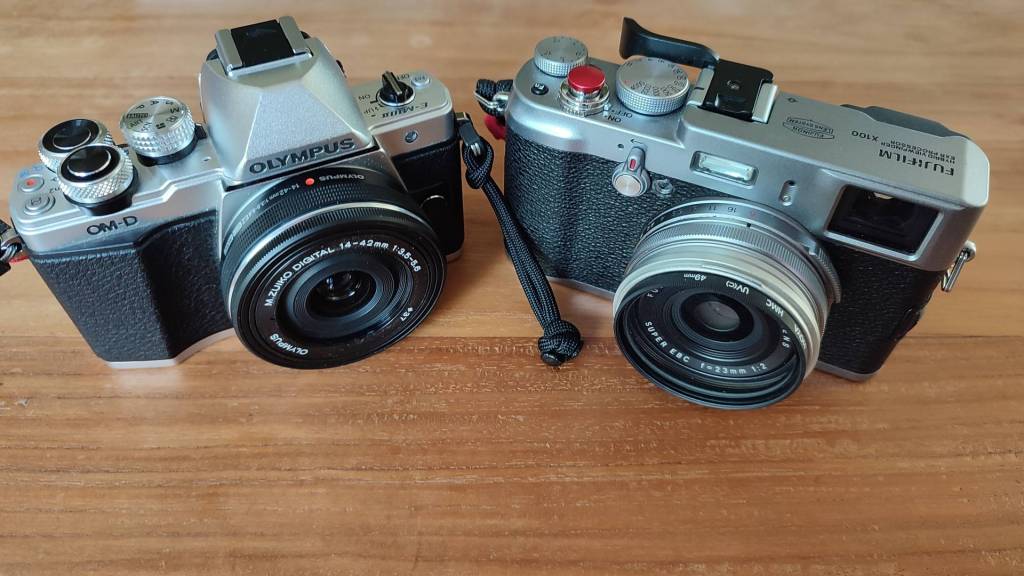
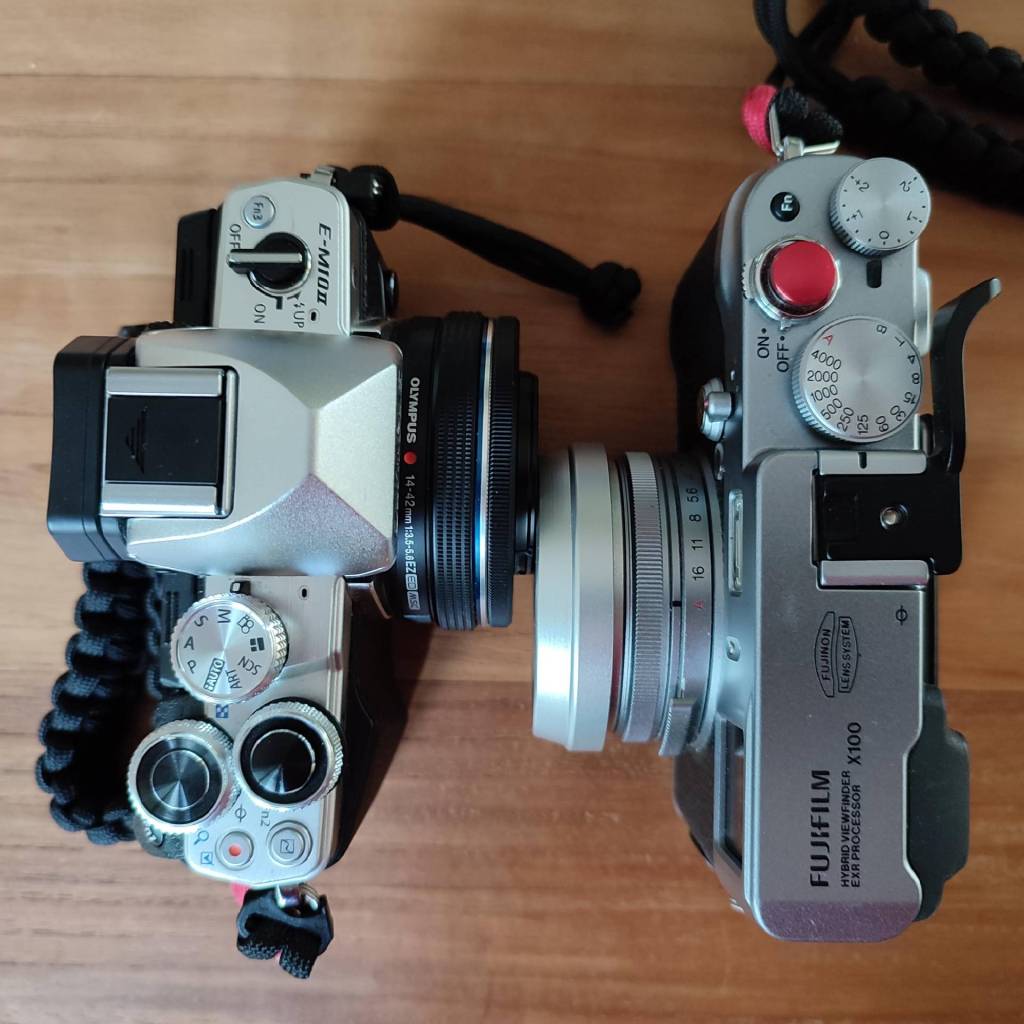
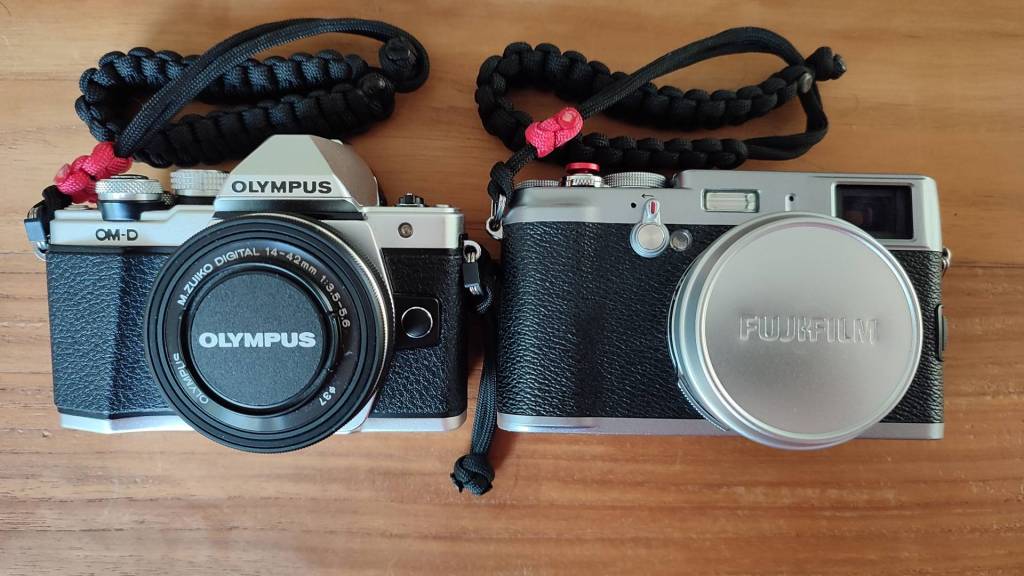
Bushcraft or Adventure Camera
I also use a compact camera, the Olympus TG-6,
this camera is again specialized in a certain photography field, namely action and adventure.
The quality of the photos/videos is not of the same level as the 4/3 and APSC system, but good enough.
You can use this camera under all circumstances and it fits in a small jacket pocket.
In the rain, under water, in freezing temperatures, this camera follows you anywhere, even under the most extreme conditions. Truly a camera for rough and tough photography.
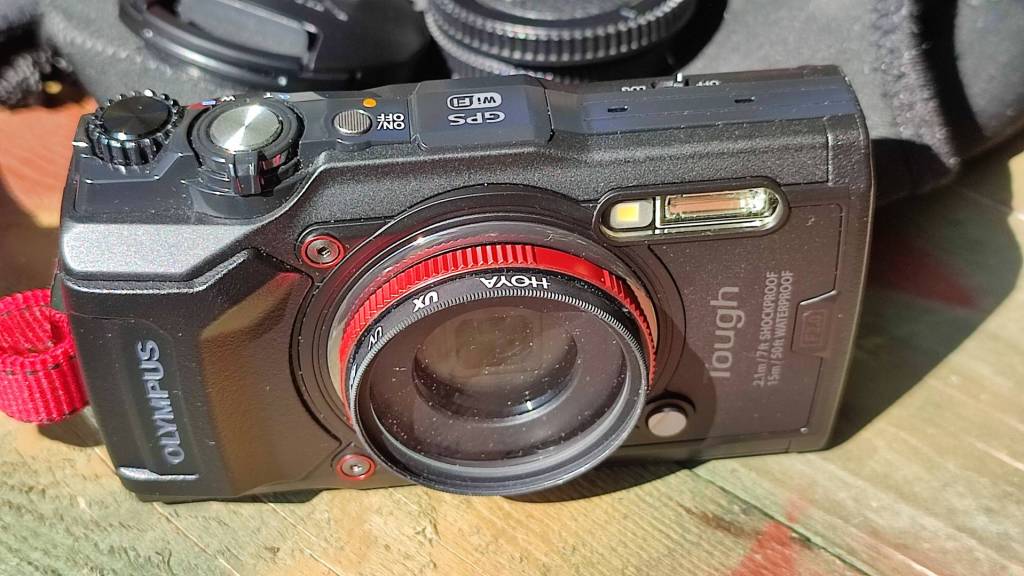
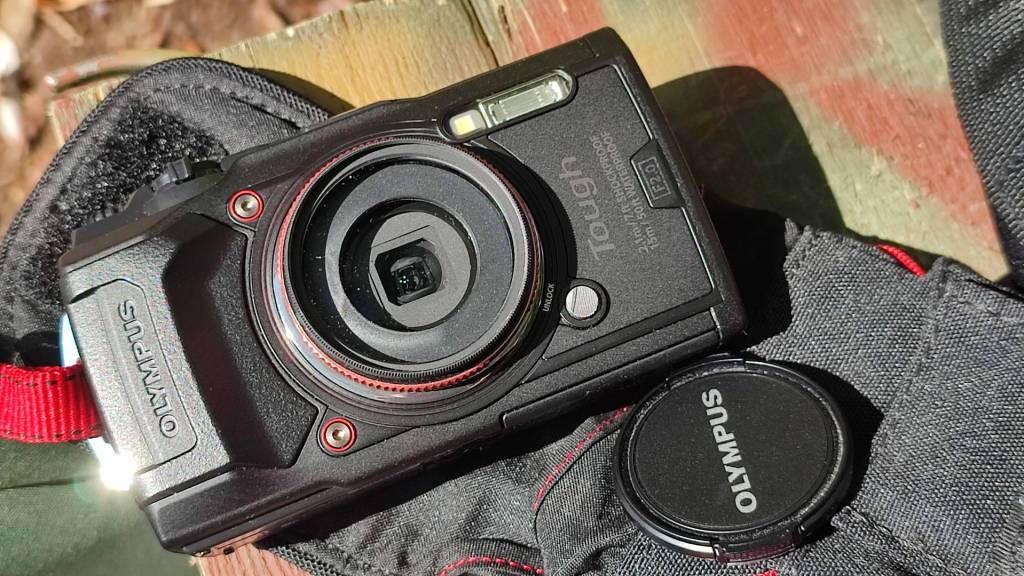
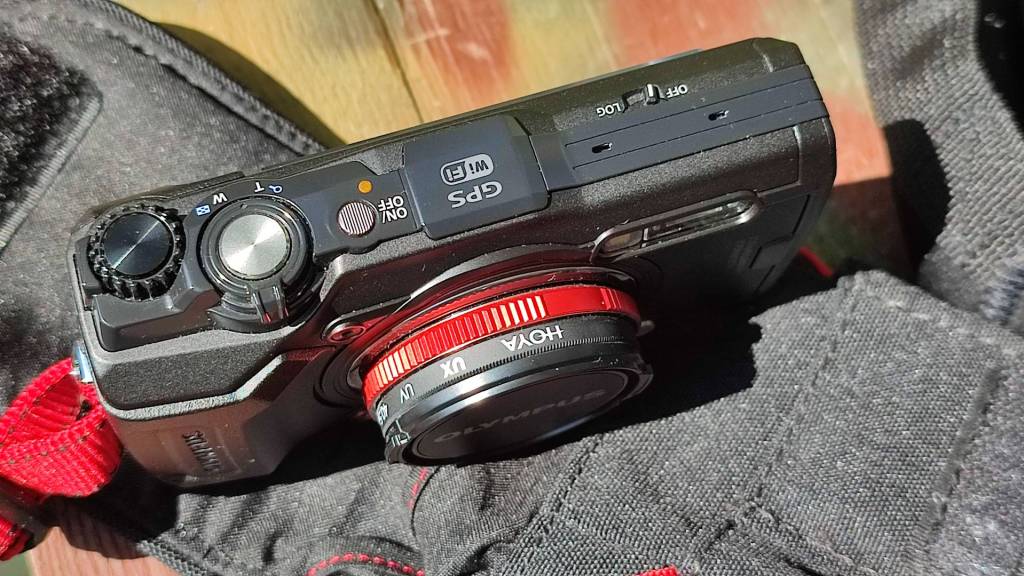
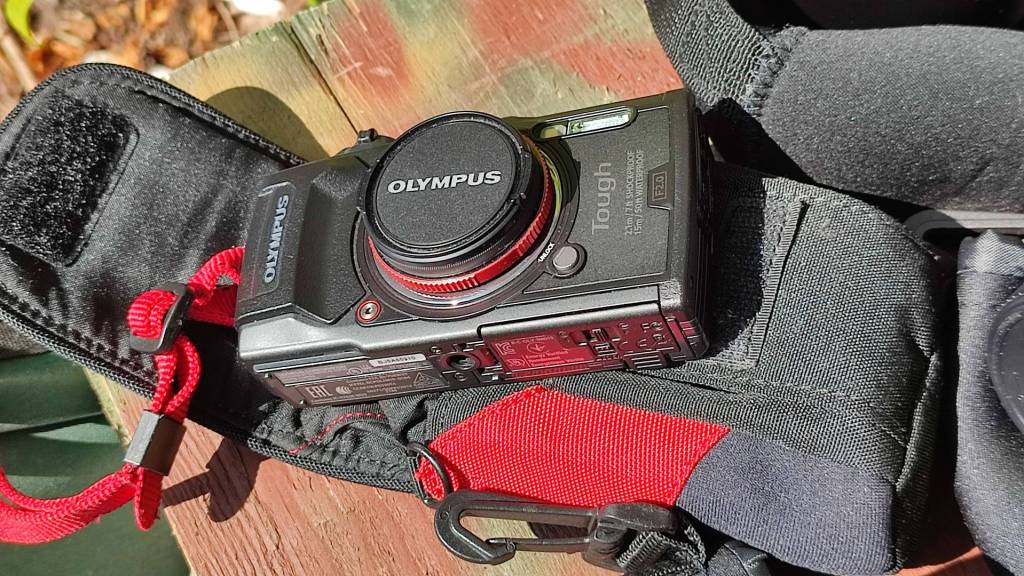
Bags and Cases
The bags that I use have remained the same the last few years, and that means something to me, because I am not easily satisfied with a bag. These are also the three bags I had previously written a review about. Below is a small overview, and how I use them.
The smallest of the three : “The Bowery Berchirly” an ONA Camera Bag Alternative, best used for one camera and one or two lenses plus some personal stuff. Link to Review here.



A bit bigger : Berchirly Canvas/Leather Messenger 14inch, my most used bag actually. Depending on the camera type to be carried, it can hold one or two cameras and a few lenses. It also makes a lot of difference whether you use an insert like Tenba, or lens and camera pouches – more about pouches in the review below. When using this bag with my Olympus cameras I can easily carry four lenses and two cameras, and have a range from macro to super telephoto in one bag. Link to the review.
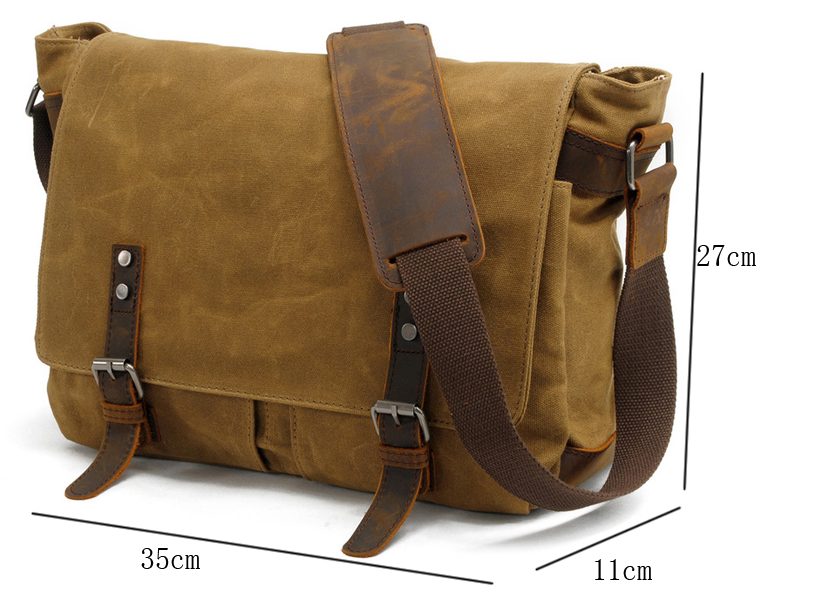
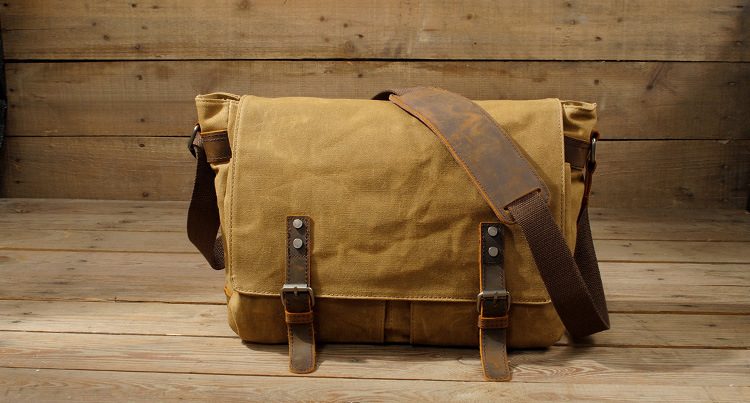
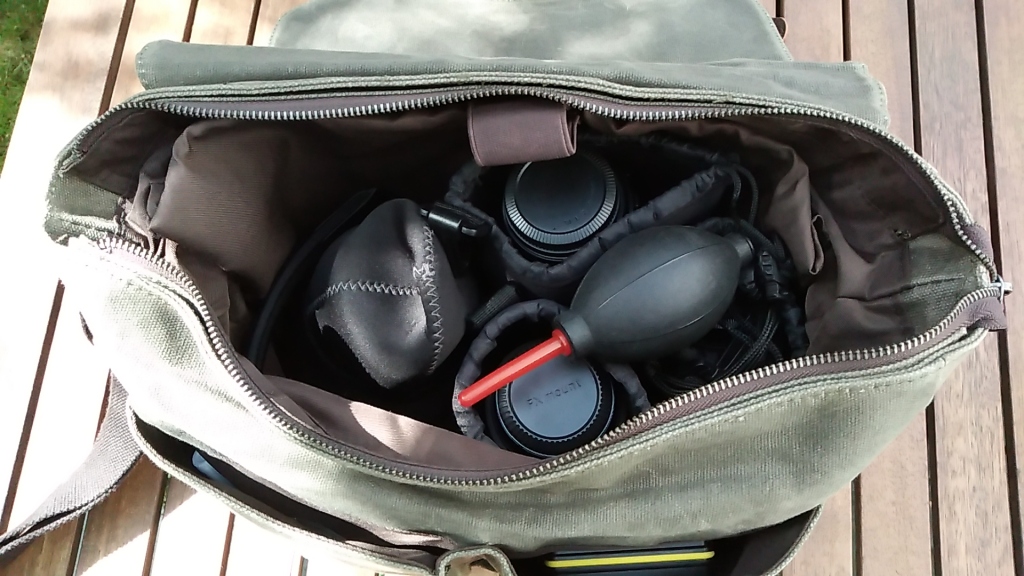
The largest of the three : The CADEN F1 Camera Bag. This bag is slightly larger than the previous one, but has extra pockets on the outside that you can use for accessories. At the bottom there are straps to attach a tripod.



Besides the bags I also have two waterproof plastic camera cases. I use them when I travel on the motorbike or when I take camera material with me in nature for several days. They protect the equipment in it against the hardest drops, dust, dirt, moisture and even water.
Mine came from a wholesaler in the Netherlands, and were fairly cheap for good quality. The inner dimensions of the cases are 40.6 x 33 x 17.4 cm, the cost was approximately €43 including shipping to Belgium. For those who are interested, below the address and the web link to cases with other dimensions.
https://www.ho-michielsen.nl/sport-en-vrije-tijd/camerakoffers/HandelsOnderneming Michielsen
Kapelstraat 7-A
5111HK Baarle-Nassau
Nederland
info@ho-michielsen.nl
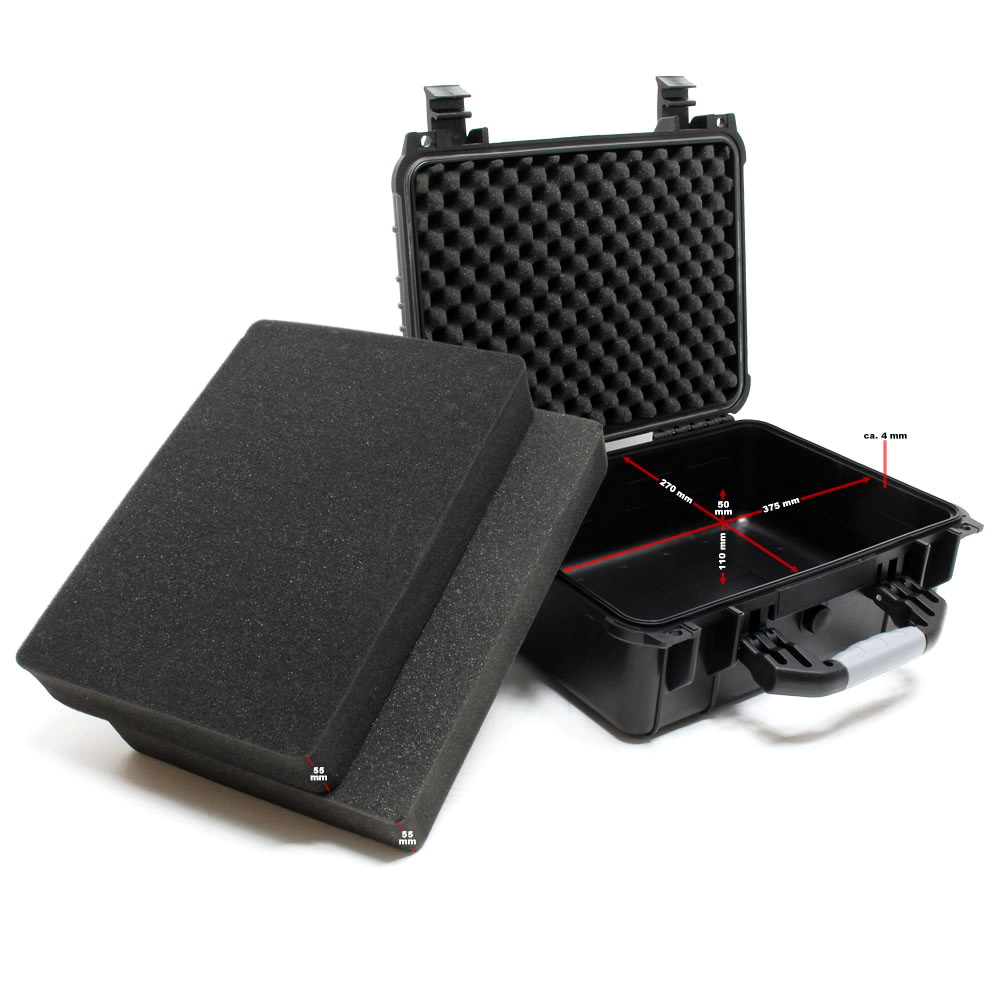
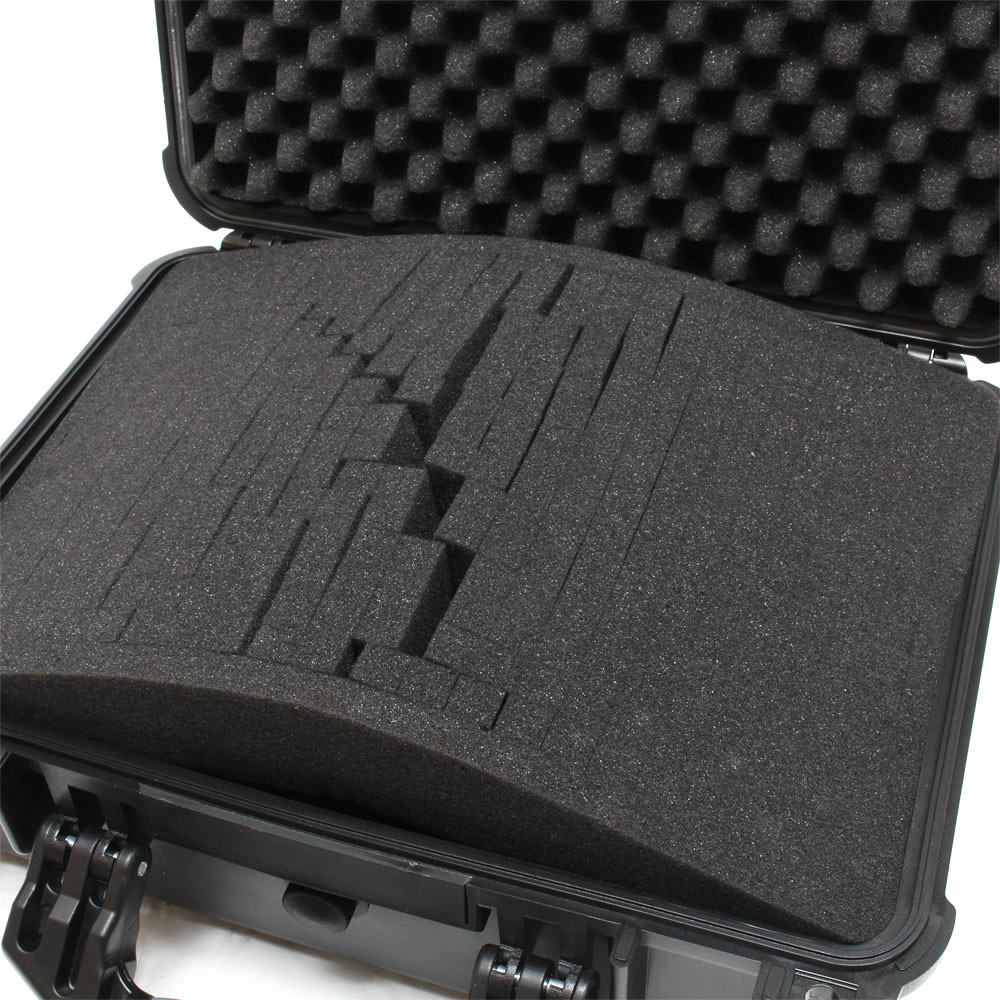
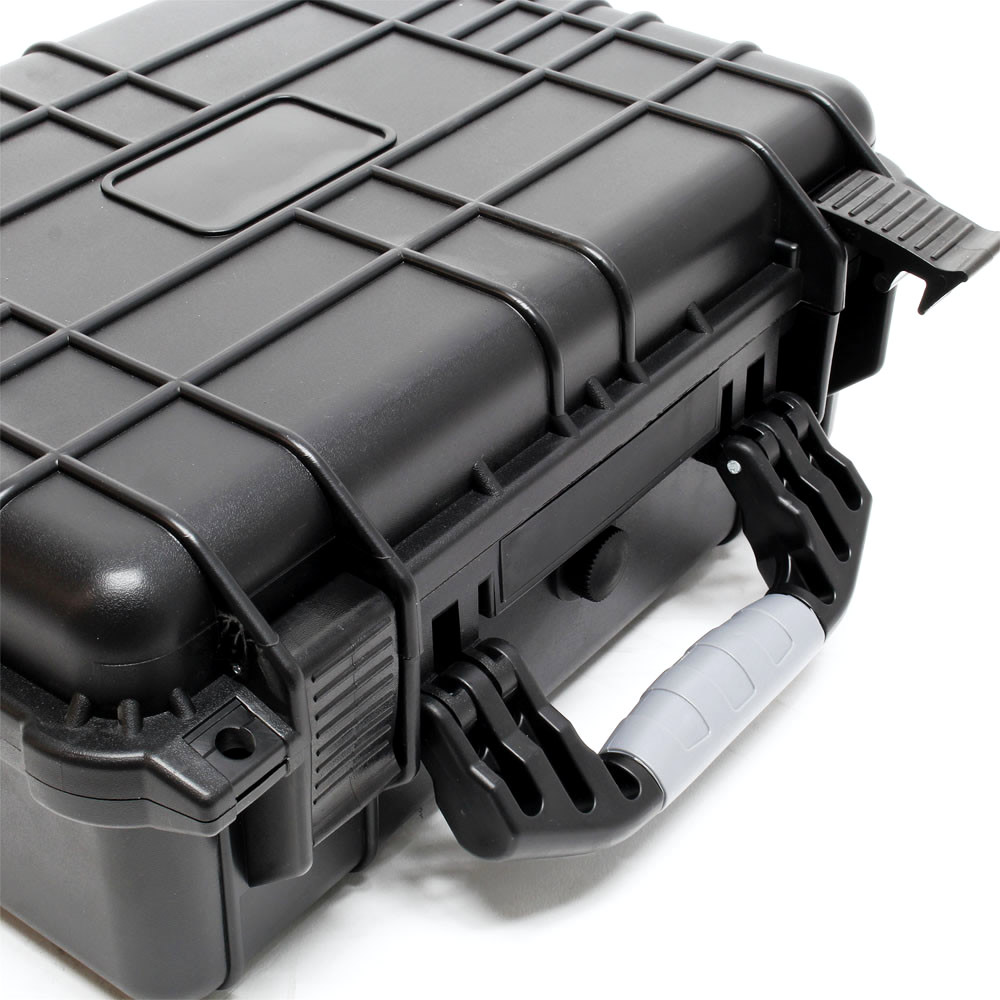
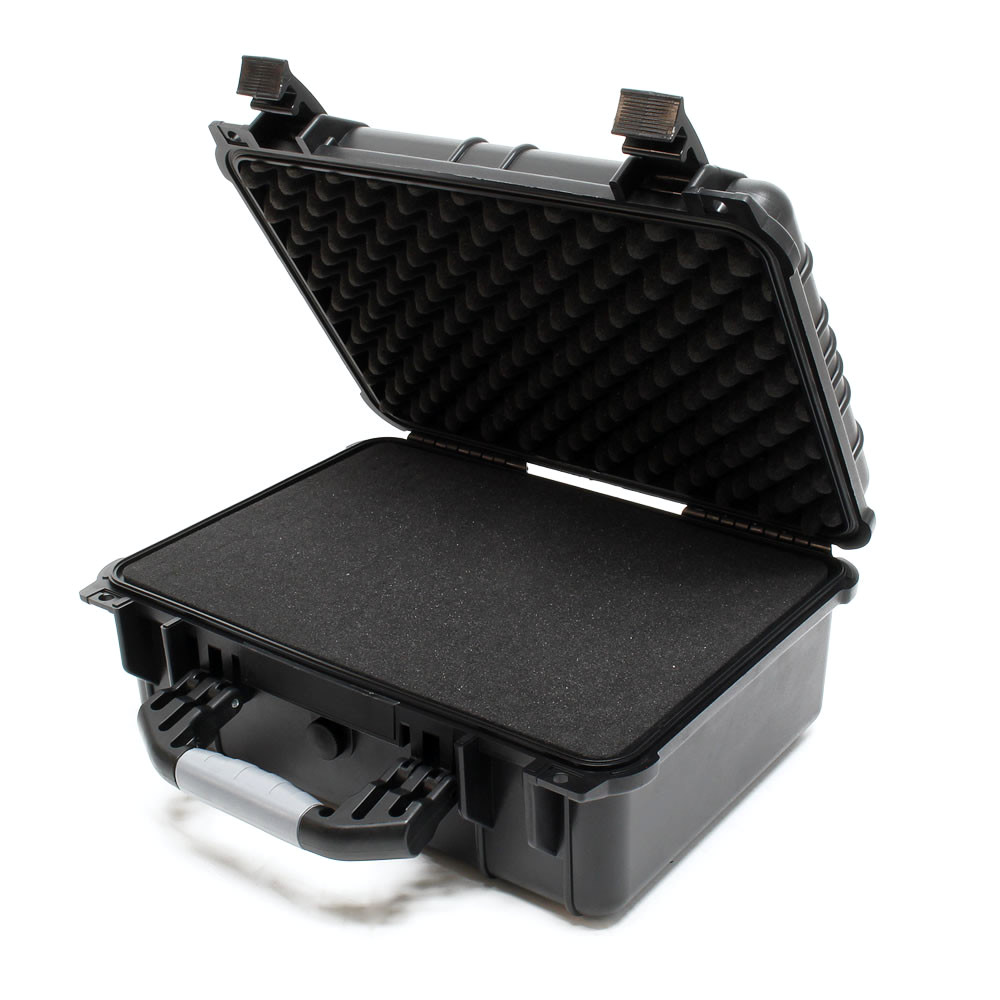
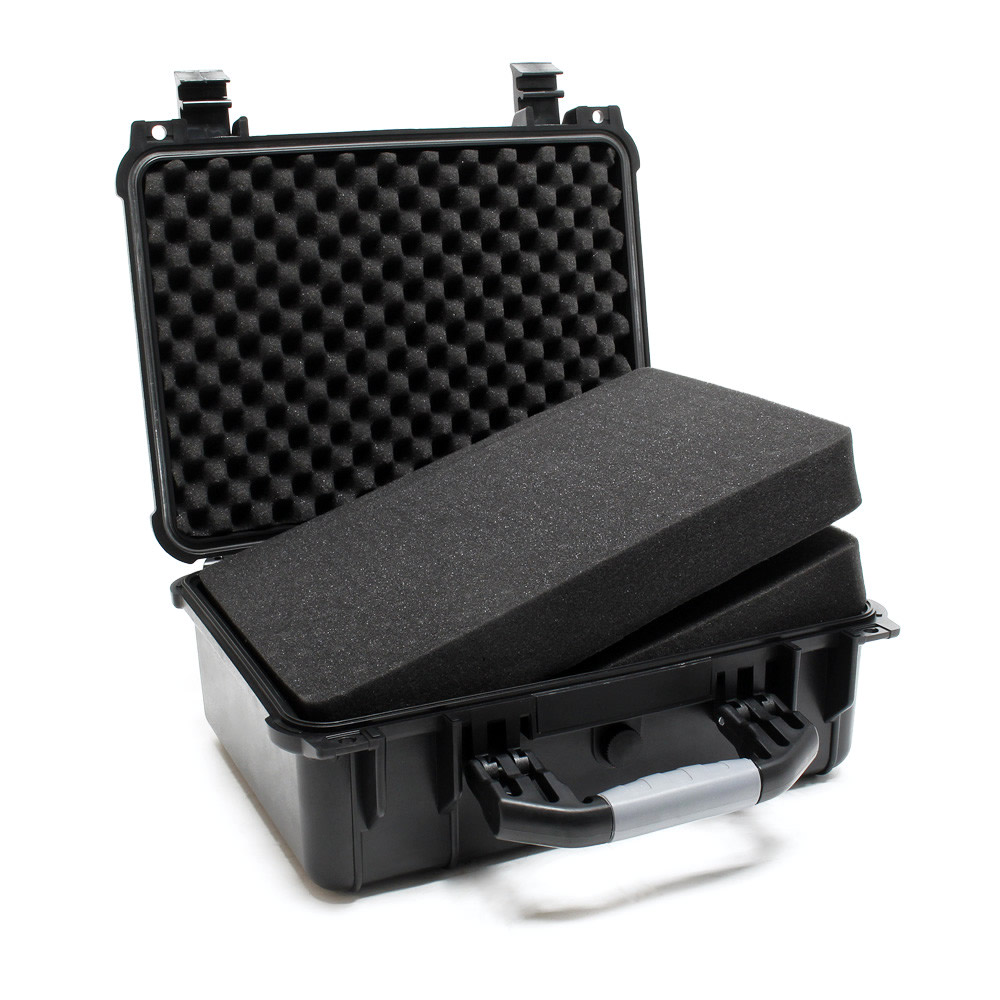
Not quite sure which dimensions would best suit your equipment?
Then you can go to My Case Builder – https://mycasebuilder.eu/
and make a simulation of what can be done in a certain case.
The application does not need to be installed on your PC, but is completely web-based.
In the Library of the program you will find a very extensive collection of existing Case brands and sizes,
you can also enter your own custom dimensions.
In the same library you will also find cameras of various brands and types, and their corresponding lenses and types. Also accessories and the like – you name it, it’s there, and if it isn’t – you can also add your own photos of camera (material) and dimensions – everything is possible.
The nice thing is that you can use this application to make a simulation to optimally fill and use your camera case, without having to cut the foam rubber.
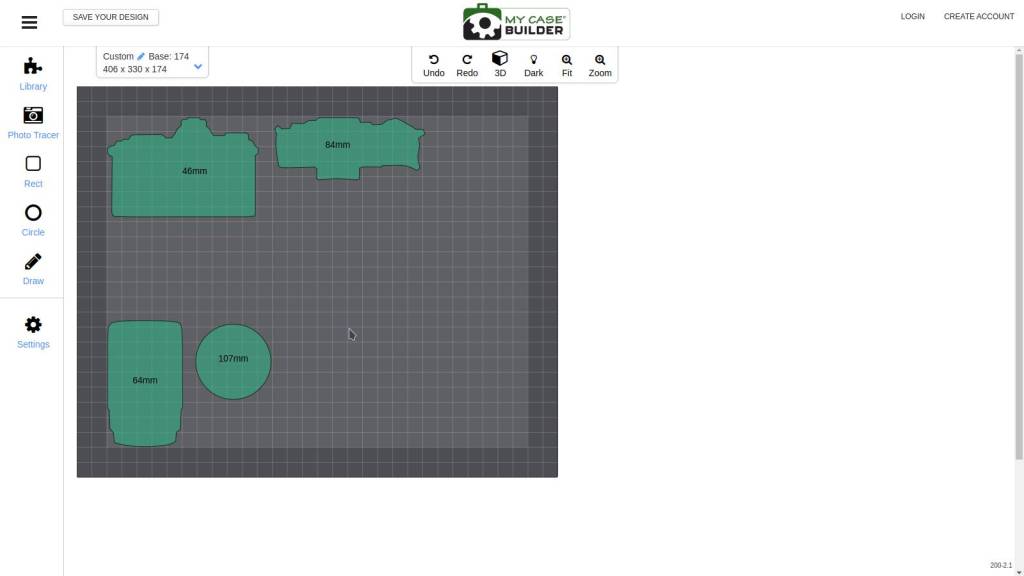
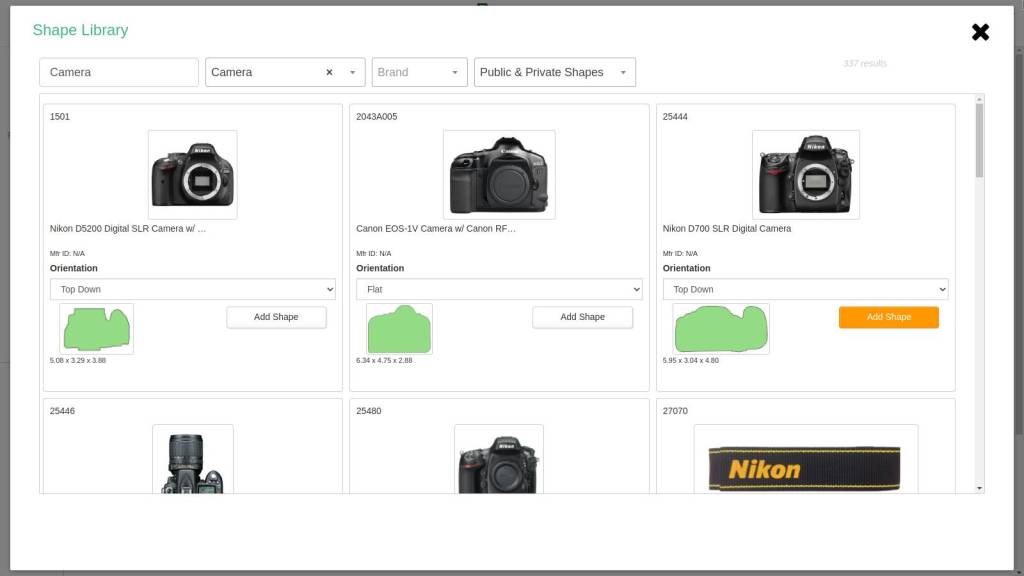
Tri-Pods
I can be brief on this.
I rarely use a tripod, because all my cameras have internal image stabilization.
I sometimes use a one leg tripod for photographing birds with super long telephoto lenses,
and a micro tripod that can easily be put in the bag next to the camera, for macro photography, for example.
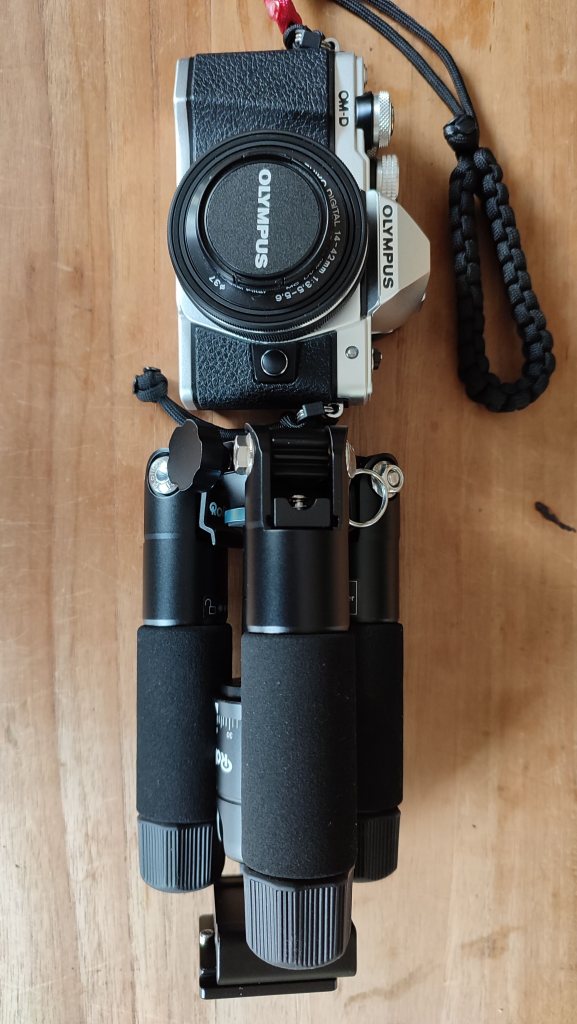
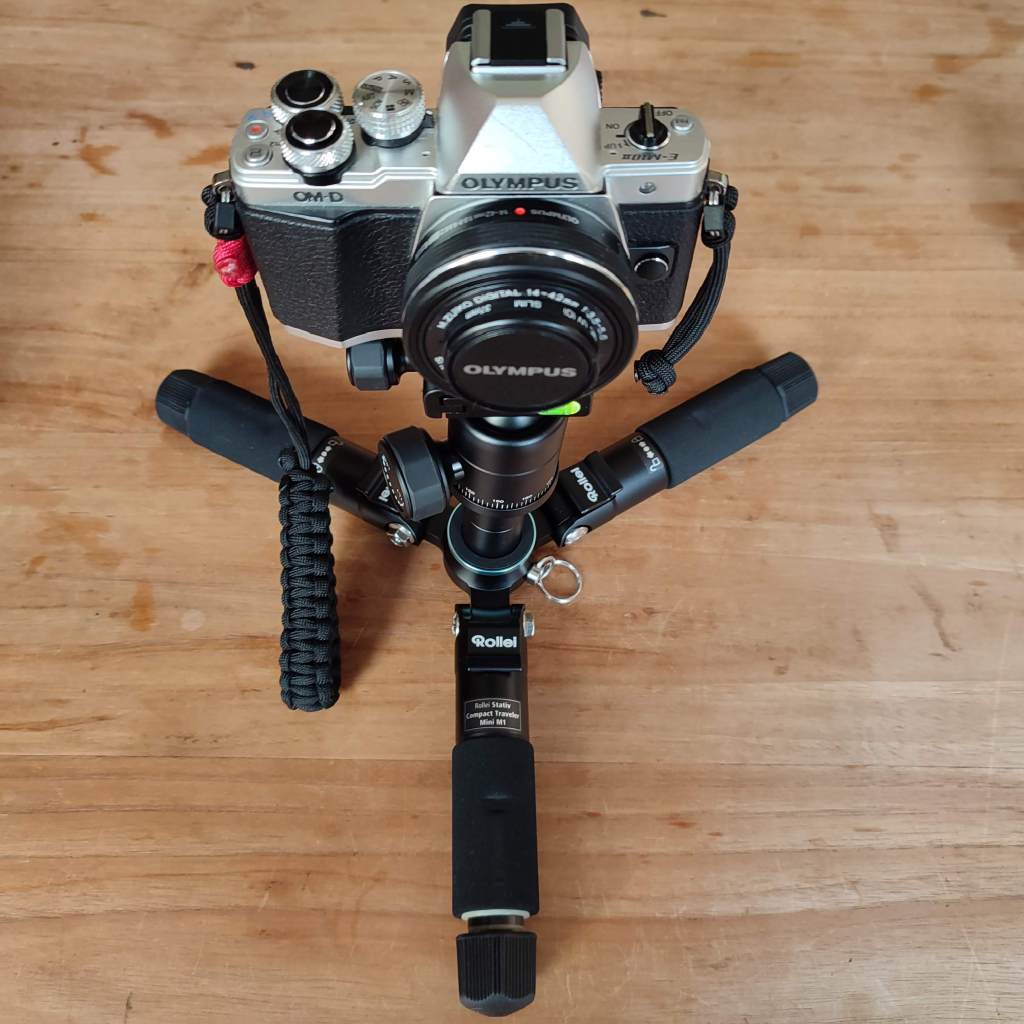
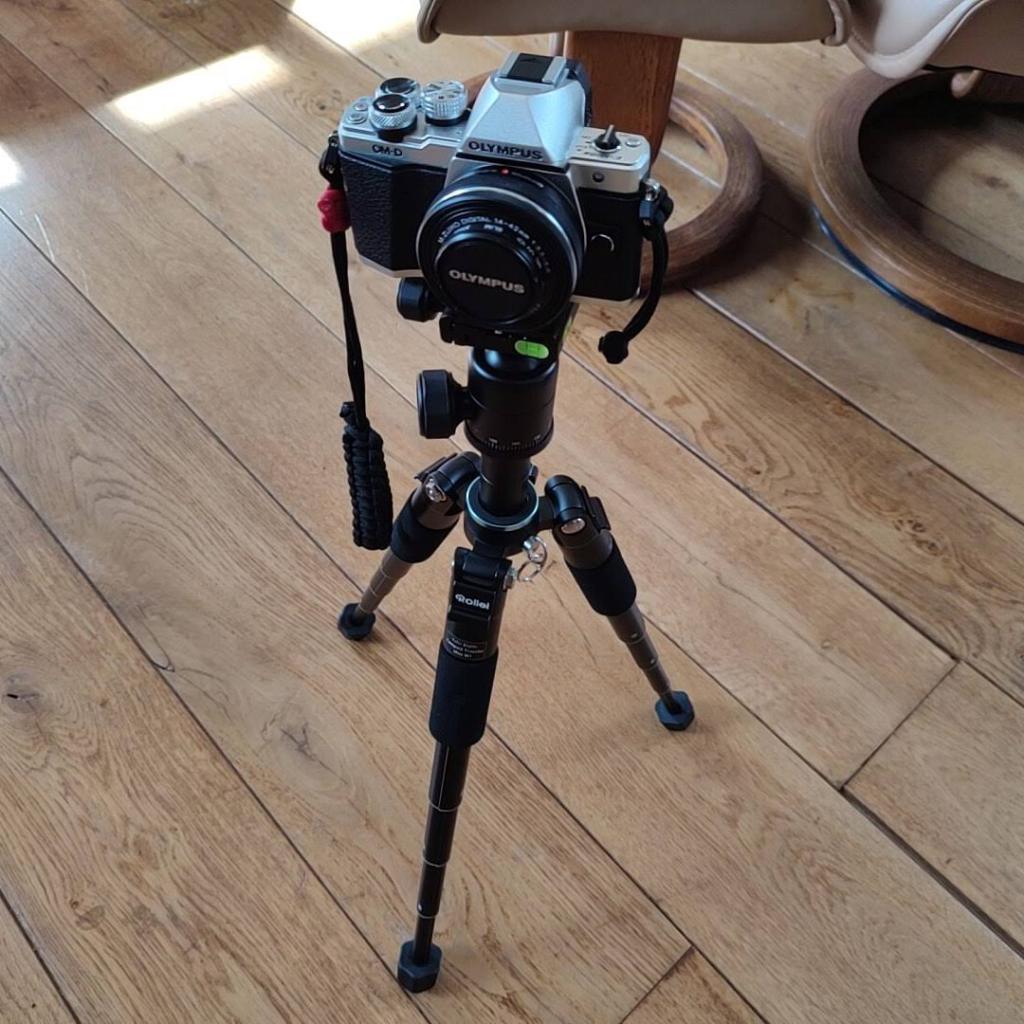
Final word
Photographers can be critical to other fellow photographers,
and are sometimes very firm in their own opinion and how something should be done, just a few examples:
- I only use my 50mm, no more than that is necessary
- why do you need a lens with a super range, that’s rubbish
- only Canon (or Nikon for that reason) makes professional cameras
- I only buy lenses that are sharp to the pixel
- kit lenses are no good, only expensive lenses are
and so you can write books full.
Sometimes they can be very harsh and negative.
But whatever another photographer ever says or claims to you,
stay true to your heart and feeling.
If you feel good about your gear, and you’re actually happy with your photos,
don’t doubt yourself.
Discover more from Open Source Photography
Subscribe to get the latest posts sent to your email.


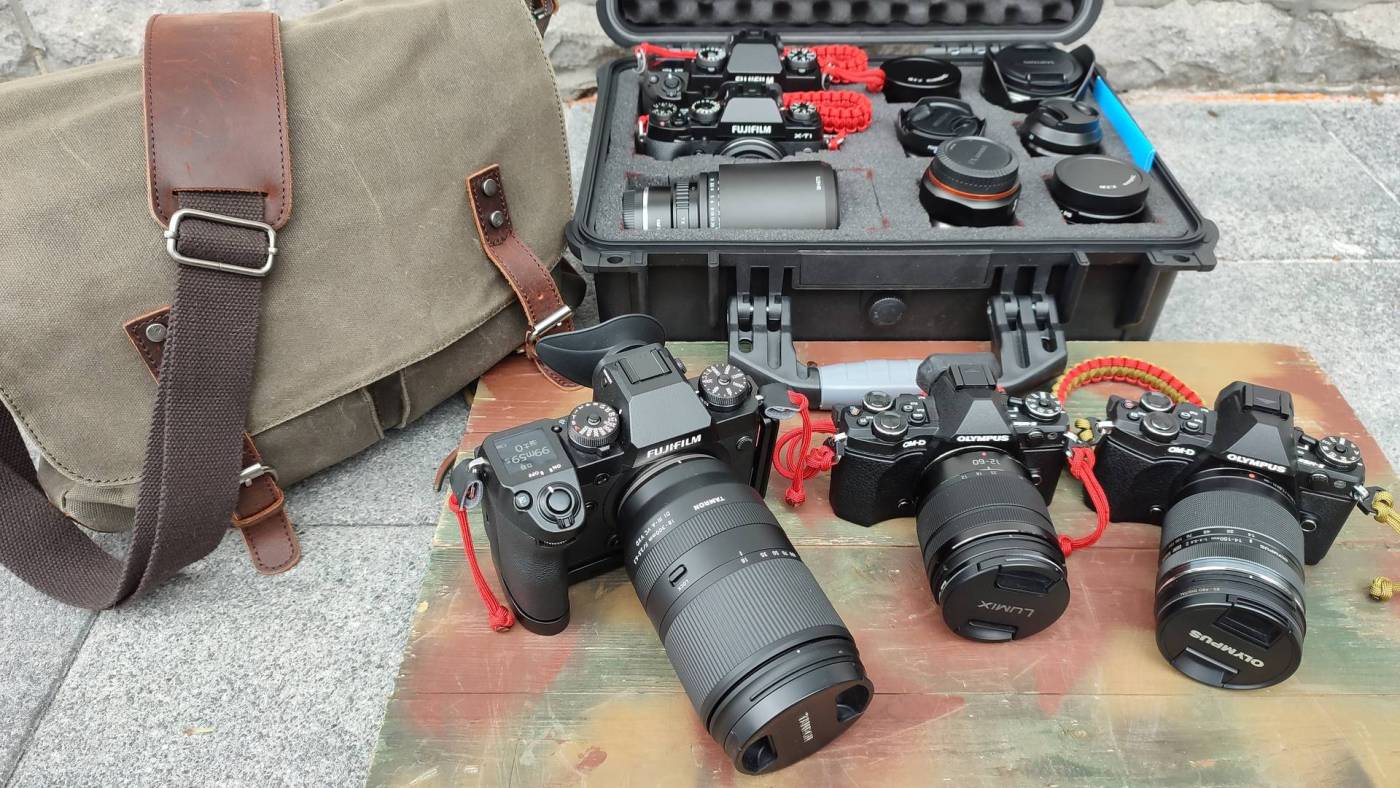

Thanks for posting your gear, I find it interesting to see what others use and find useful. I would suggest you keep an eye out for a used EM1II for birding, the focus method used is quite an improvement over the EM5 II for fast moving subjects and is worth the weight/size penalty, the larger grip makes it easier to carry too. Keep one of your EM5’s though, they are a lovely camera to handle and I regret selling mine. I’ve been very tempted to get a Fuji for the beautiful colour rendition they provide but that means forking out for more glass 😦
LikeLike
Hi Tone,
Good to hear !
To be honest, I already had the EM1II on my wish list, but the second-hand prices are still quite high here at the moment.
The EM5MKII is a great camera, I was even tempted to switch to Olympus,
but the APS-C system with its smaller crop factor also has advantages, especially for landscape I like the Fujis better.
So in my case I will stick with two systems anyway.
Thanks for visiting and your comments,
it is very much appreciated !
Thanks,
Marc.
LikeLiked by 1 person